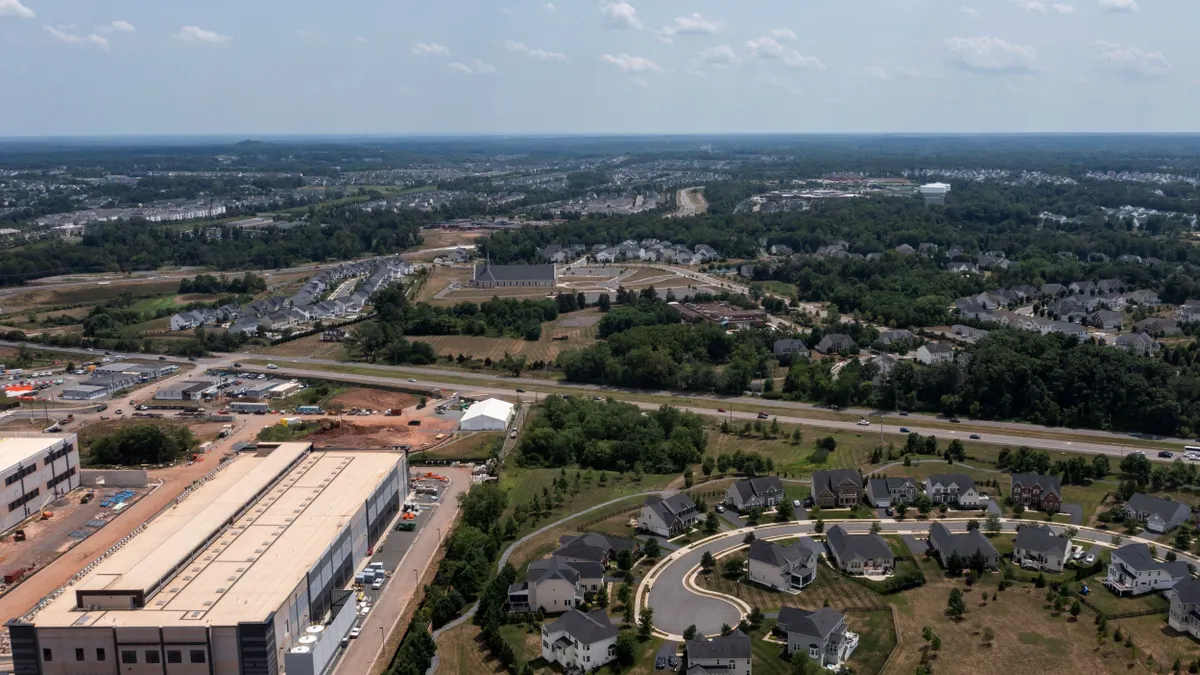Christina Hayes is executive director of Americans for a Clean Energy Grid. Todd Snitchler is president and CEO of the Electric Power Supply Association.
Disagreement over energy policy continues to polarize public and policymakers alike. Pairing partisanship with extraordinary demands on our power grid from load growth and energy evolution is a recipe for catastrophic failure. Instead, the better approach is to identify areas of common ground that will enhance the likelihood of success for the whole system, thus ensure a reliable power grid.
The goal of energy policy must be a reliable, clean and cost-effective power system that serves all Americans, from generation to transmission to distribution. Achieving that outcome will require several things: more generation — and more pipelines — to power the growing economy, and more wires to deliver power from where it is generated to load centers.
Co-optimizing the use of all our energy facilities is a key component of a successful energy system expansion. Policy must reflect a both/and approach, not an either/or scenario where one “side” wins and the other must lose.
The current antagonistic approach has resulted in important energy generation and infrastructure projects being frozen by permitting and siting delays and endless litigation. This can turn into a vicious cycle that further escalates risks to system reliability.
Projects of all types have experienced incredible delays. Some transmission lines have taken 17 years to complete the siting and permitting process. Thousands of gigawatts of low-cost clean energy are stuck in interconnection queues, unable to join the grid. Even if they do, they may still fail to get built due to local opposition and permitting challenges. And at least three major interstate natural gas pipelines have been canceled in the past five years due to perpetual litigation and siting delays.
In no world will this level of delay deliver a reliable system, regardless of which resources supply the electrons. The planning and permitting process we have today simply does not recognize the benefits of an expanded and modernized grid.
Not to be overlooked are the customers who pay the costs of new resources and delivery mechanisms and bear the brunt of system failures. Consumers should not accept a future where power is less reliable and more expensive. But unless we establish common ground and advance realistic solutions, that is the future we can expect.
Instead, we must utilize available tools to co-optimize grid expansion and resource planning for wires and pipelines, identify where generation and transmission infrastructure will be needed, and retain and develop the resources required to deliver a reliable system.
For example, we should make the most of existing transmission lines through grid-enhancing technologies and reconductoring while also adding new transmission infrastructure. Grid operators and regulators should ensure that generators can recover costs and meet mandatory reliability standards. Further, market rules should recognize new technologies and better compensate resources — generators and transmission facilities — for the grid services they provide in a changing generation resource mix.
More fundamentally, we must reform siting and permitting to more efficiently and cost-effectively build much-needed linear infrastructure. Siting and permitting for transmission must be on an equal footing with natural gas pipelines, and the judicial review period for federal decisions should be shortened and paired with community and landowner outreach. To increase investment in much-needed power system development, all parts of the energy value chain require certainty, or our energy infrastructure will not be able to meet the moment.
New legislation from Sen. Joe Manchin, D-W.Va., and Sen. John Barrasso, R-Wyo., could be a significant step in the right direction — accelerating the buildout of transmission, streamlining federal approvals and capping the endless cycle of litigation around major projects. While the bill’s future is uncertain, it signals a genuine commitment to fixing a broken system.
The country would be better served by putting political posturing aside and focusing on enacting practical energy policies that create winners all around. It is critical to link operational realities and aspirational goals, not leave them unresolved. We must address these challenges and maximize the collective benefits of both the gas and electric systems if we are to achieve the operational outcomes critical to the economy and system reliability.






















